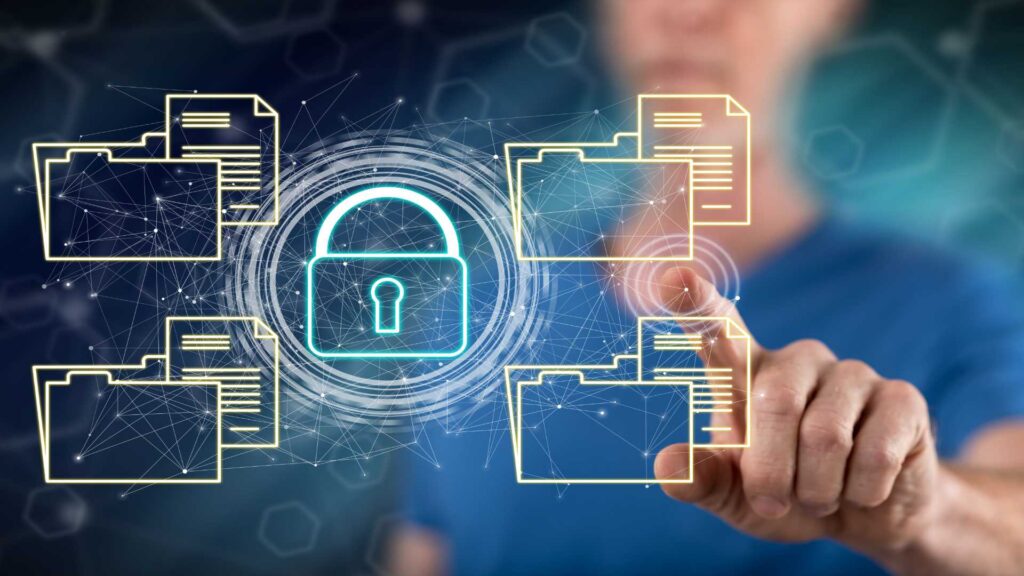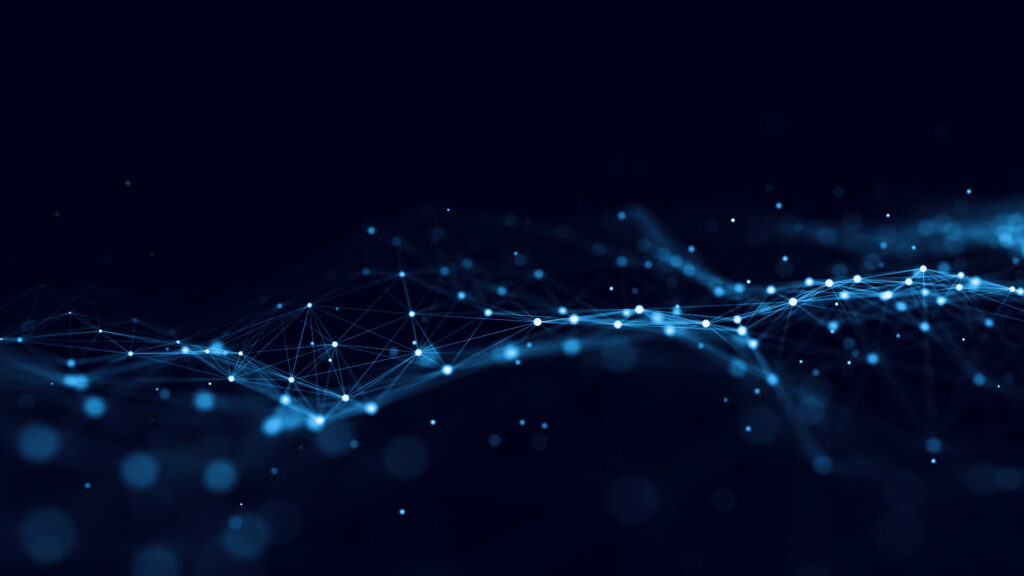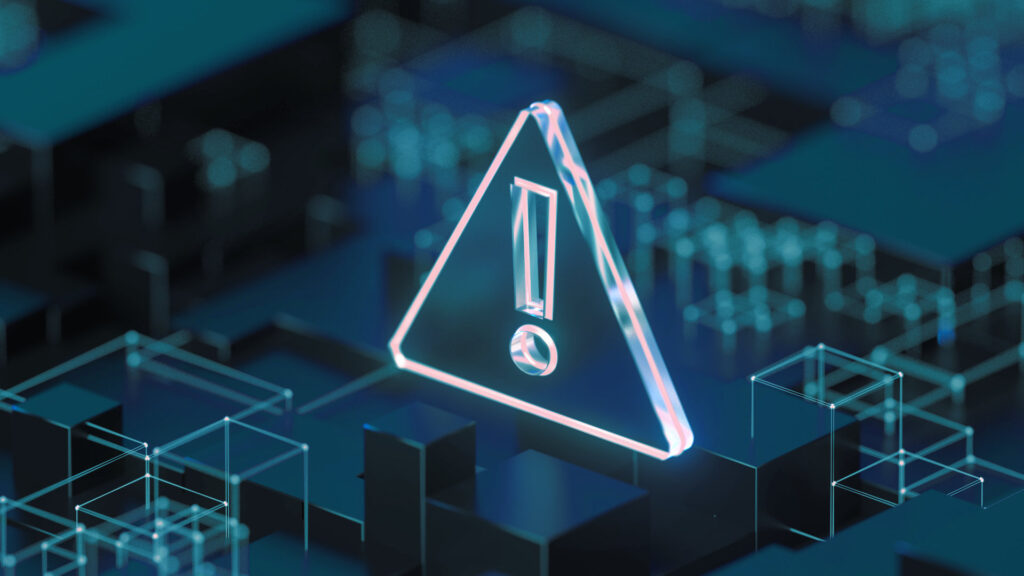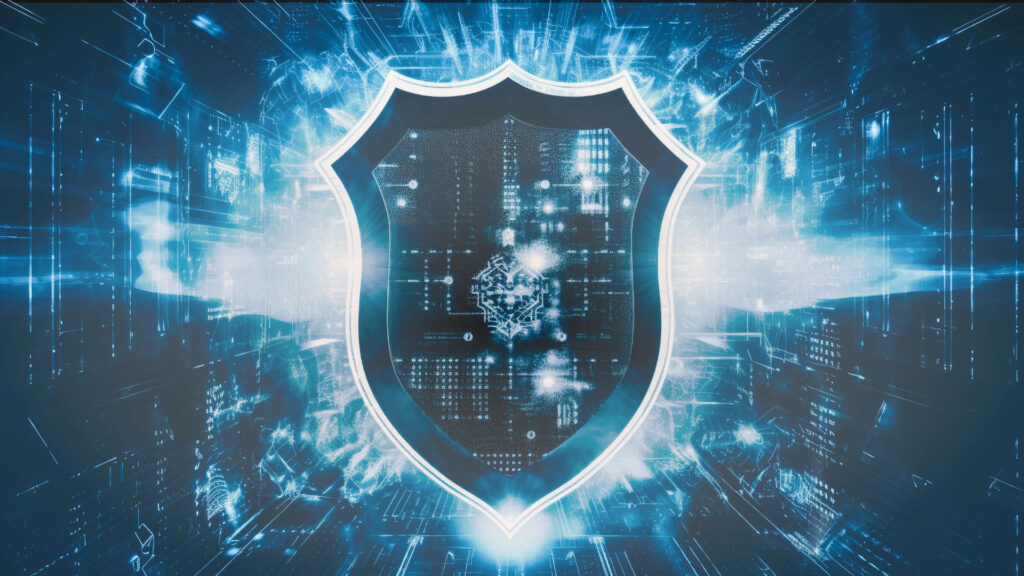Effective Security Management as the Foundation for IT Security
To ensure comprehensive IT security across your enterprise, you need a centralized control center for systematic and continuous protection of all systems: IT security management ensures that all data, assets, and IT services are protected at all times. This involves various components and areas that need to be integrated.
Cybersecurity team of experts
IT security must be the foundation of all business operations. A Security Operations Center (SOC) sets the stage: A designated team is dedicated exclusively to security tasks, looking for threats or attacks and defending against them. Technologies such as SIEM (Security Information and Event Management) or XDR (Extended Detection and Response) are often used, but not exclusively. Expertise and processes also play a key role.


Access to services for authorized personnel only
Not everyone in your organization needs to access the same data or applications, or perform the same tasks. While some may be able to edit and delete information, others may only need read-only access. Managers or IT staff have different (access) rights than other employees. And who is authorized to use which folders, printers, databases or other resources? This is where identity and rights management come.
Security alerts across the entire infrastructure
The only way to effectively defend against threats to your infrastructure is to detect them early. To do this, you need to know exactly what is happening on your systems. Extended Detection and Response (XDR) helps by providing visibility into the threat landscape across your entire IT environment including endpoints, networks, servers, and workloads in the cloud. The data is collected in a control center. Using artificial intelligence and automation, the number of alerts is filtered, correlated, and reduced to critical alerts.

Collect all security-related data
Powerful security management systems, such as security information and event management (SIEM) solutions that monitor firewalls, servers, authentication protocols, and clients, provide a view of what is happening across the network. They collect relevant event data from almost any source in the organization in a central location, for example if unusual patterns or suspicious login attempts are detected, the software sends alerts that are analyzed by security teams.
Detect vulnerabilities, install patches
Every new endpoint and application increases the attack surface for criminals and can introduce new vulnerabilities. Organizations need a proactive approach to security: vulnerability management scans all components of the IT infrastructure for security gaps and potential vulnerabilities. Patch management goes hand in hand with vulnerability management: when vulnerabilities are discovered, patches are applied immediately.

Specialists for all your security needs
There is a shortage of security specialists in many companies: According to Bitkom, there will be 137,000 vacancies by 2022. At the same time, security challenges are growing due to increasingly complex attacks. As a result, it often makes sense to bring external experts on board. Specialized Managed Services Providers (MSP) or Managed Security Services Providers (MSSP) reduce the burden on IT and increase the level of protection.
How much can IT security cost?
It is a well-known fact that IT security measures do not bring any monetary benefits. At the same time, they can cause significant costs. As a result, security managers are faced with the challenge of proving the value of their investments while keeping expenses as high as necessary and as low as possible. Neither is trivial, but there are tools available to provide a cost-benefit analysis and several ways to optimize the security investment strategy.
Cost/benefit analysis of cybersecurity investments: Why processes, training, and awareness are important in addition to technology.
Implement IT security in a compliant manner
In the coming years, the legal requirements for the IT security level of companies will become significantly stricter. Laws, directives, and regulations from the European Union and the German government, such as the IT Security Act 2.0 (IT-SiG 2.0), the Network and Information Security Directive 2 (NIS 2), and the Cyber Resilience Act (CRA), clearly demonstrate this.




